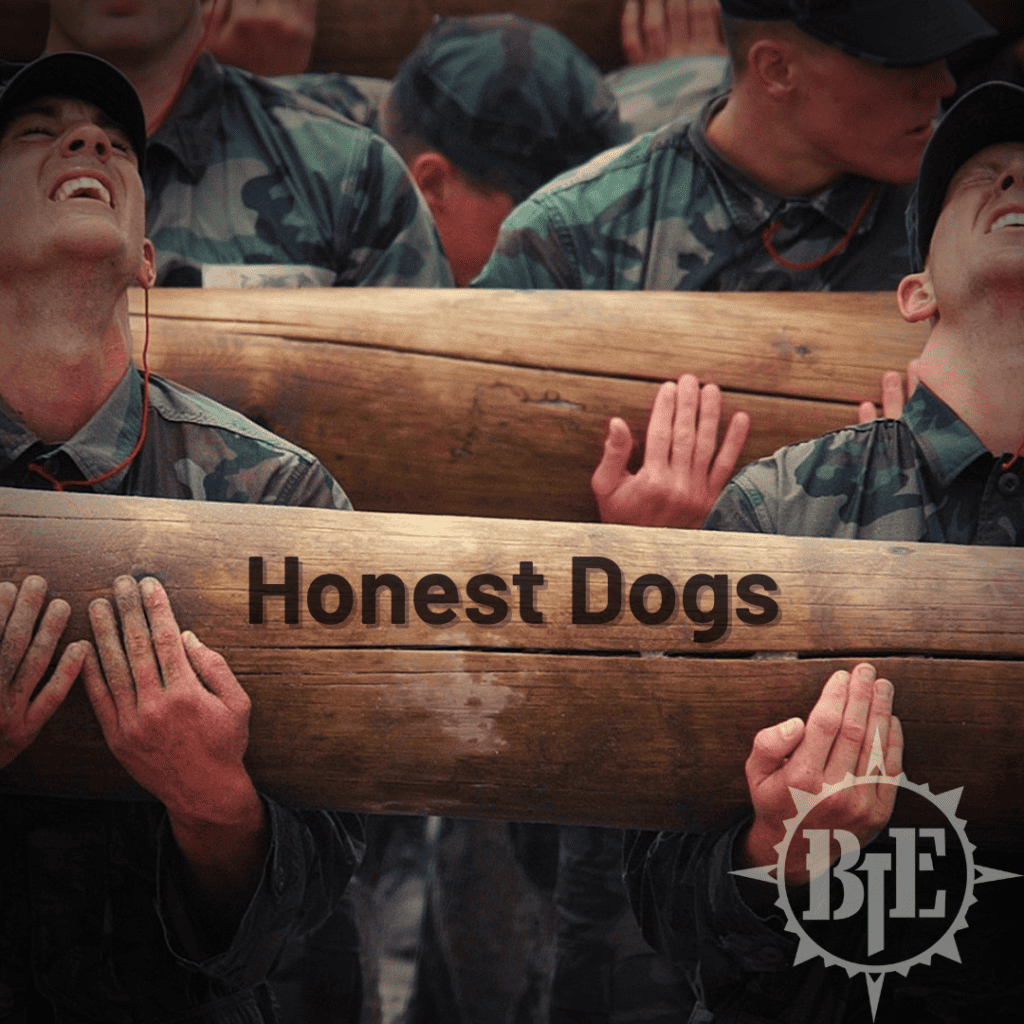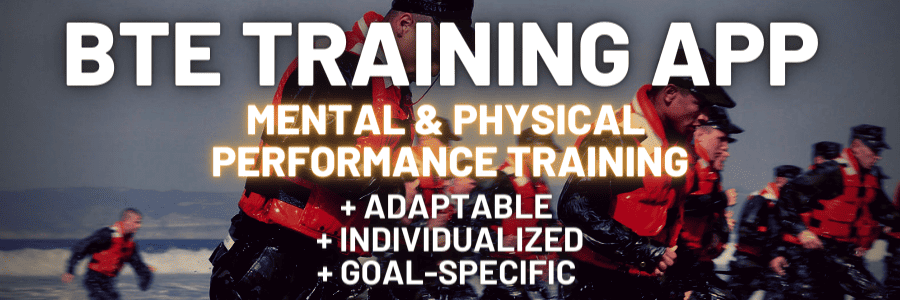Dogsled mushers, the people who race with sled dogs in events like the Iditarod in Alaska, use the term “honest dogs.”
Some sled dogs will put just enough pressure into the harness to appear to be working while they’re actually taking a break. “Honest dogs” throw their full weight into the straps no matter how tired they are or how much further there is to go. These dogs take the lead positions in the harnesses so that they can set the pace for the rest of the team.
Much of SOF selection is separating the honest dogs from the dogs who are going home.
You can see this in training just the same as you can see it in selection. Some people never stop putting out, even when their bodies are wracked with exhaustion.
Let’s say you’re watching a group of people do sprints while pushing a weighted sled. They could easily slack off a little. They could push a bit slower or turn around early and pretend they didn’t notice. Many do just that. Some do not. Those are the honest dogs. The limits of their efforts are set by the limits of their physiology, not by the point at which their mind gives in.
This is particularly noticeable in the many open-ended events found in selection. You don’t know how much longer it’s going to go on, or what’s coming next. The day might be over after one more sprint up the sand berm. Or you may have ten more after that, followed by sets of burpees that go on until the guy with the bullhorn gets bored.
This ambiguity – the inability to know what’s coming next – is a big stressor outside of the physical effort itself. And it breaks a lot of people. The honest dogs are mentally comfortable with giving everything they have for as long as they have to. Their emotional stress response is lower in these situations, while their physical effort is higher.
This ability to deal with uncertainty through pain is much more valuable in an operator than a great four-mile run time.
As you go through your training, pay attention to it and think about what you’re developing. The mental patterns that we reinforce in training will rise to the surface in the most difficult moments in selection.



